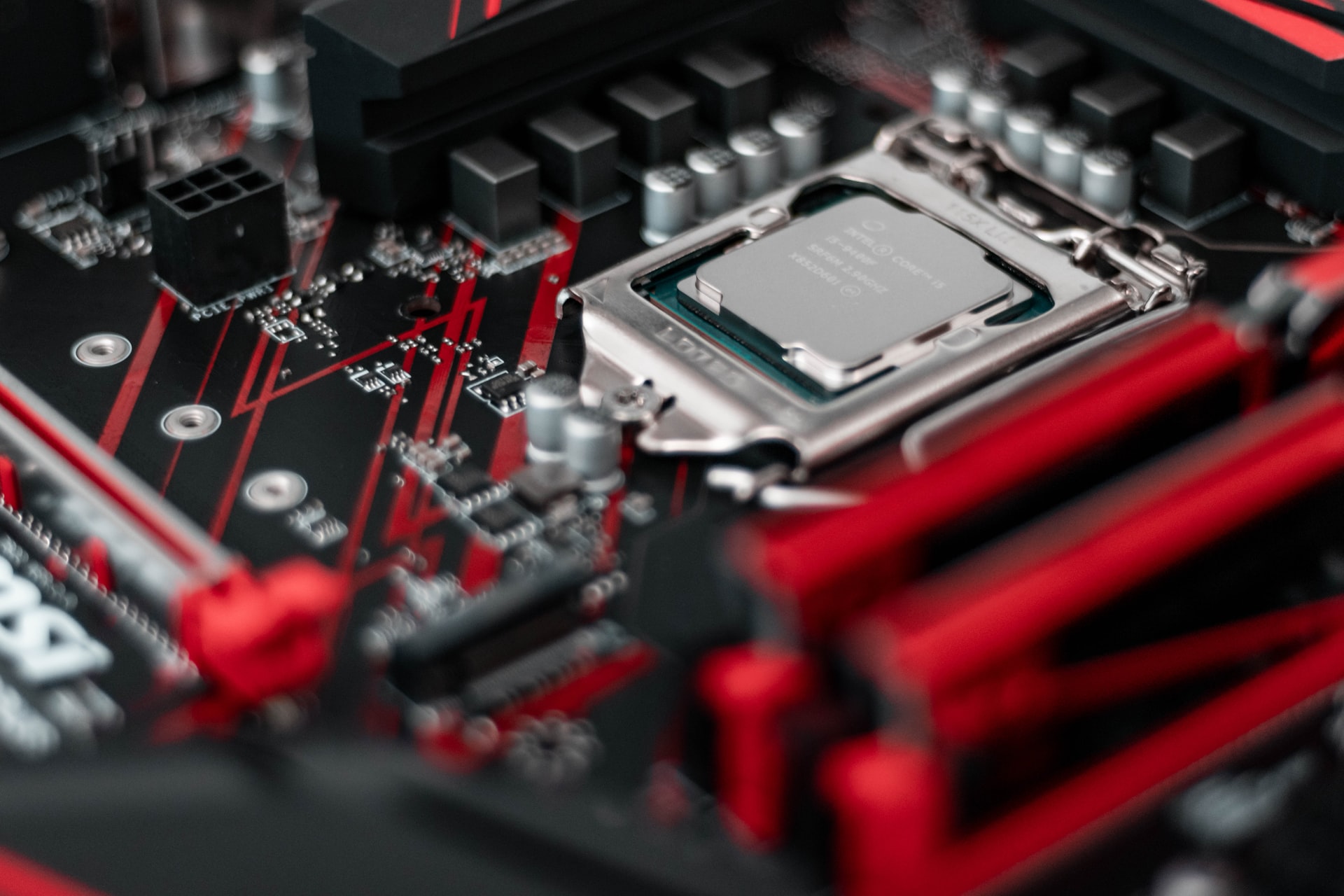DIY Devices - introduction
2021-05-15 DIY devices Home router Raspberry Pi
I run various media centres, two PVRs, a music server, two NAS devices and various virtualised servers including HomeAssistant and Unifi. I am a software developer in my day job and have a professional interest in having good equipment but I also like to tinker with things and know what’s going on. These posts cover my experiments and findings. The results may not suit your needs but will at least, I hope, be informative and may make you think about what you need rather than what you want.
There is a prevailing view that we always need a lot of processing power and RAM to perform all but the most basic operations, that our large storage needs be met with thumping great RAID servers running heavy server software with fancy GUIs, that our networks run using expensive angular looking routers with big aerials, and that we need the best proprietary solutions from expensive vendors. I disagree. Unless you’re gaming or doing video production, you don’t need huge CPUs; unless you’re running an enterprise, RAID won’t offer much performance advantage; unless you have tens of users on your network you don’t need enterprise grade equipment.
I’m sure there are other exceptions – my point is not that there is anything particularly wrong with these more expensive options, but just that if we’re being honest, most of the time, we just choose these options because we want to rather than we need to.
Part of the reason for this prevailing view is that we are scared to spend money on a lesser solution only to find it doesn’t work as well. And the industry is geared towards telling us we need to buy things because that’s the basis of consumerism. I don’t mean this in a tin-foil-hat-wearing kind of way – I like buying new things – just that we don’t need to spend thousands of pounds on the latest and greatest tech. These posts will tell you what will and won't work.
The posts cover:
- The network: DIY router (DNS / DHCP / VLAN routing / Firewall), Netgear switches and Ubiquiti Wireless Access Points
- The NAS devices
- The PVR and Media Centres
- Virtualization
- The VPN
Ultimately, I have come to the conclusion that – apart from virtualisation – low cost, lower power devices are better for all of these tasks; cheaper, less wasteful, quieter, easier to fit in limited space, easier to manage, maintain and replace, and more flexible.
- Next: DIY Devices - the network
- Previous: Eleventy